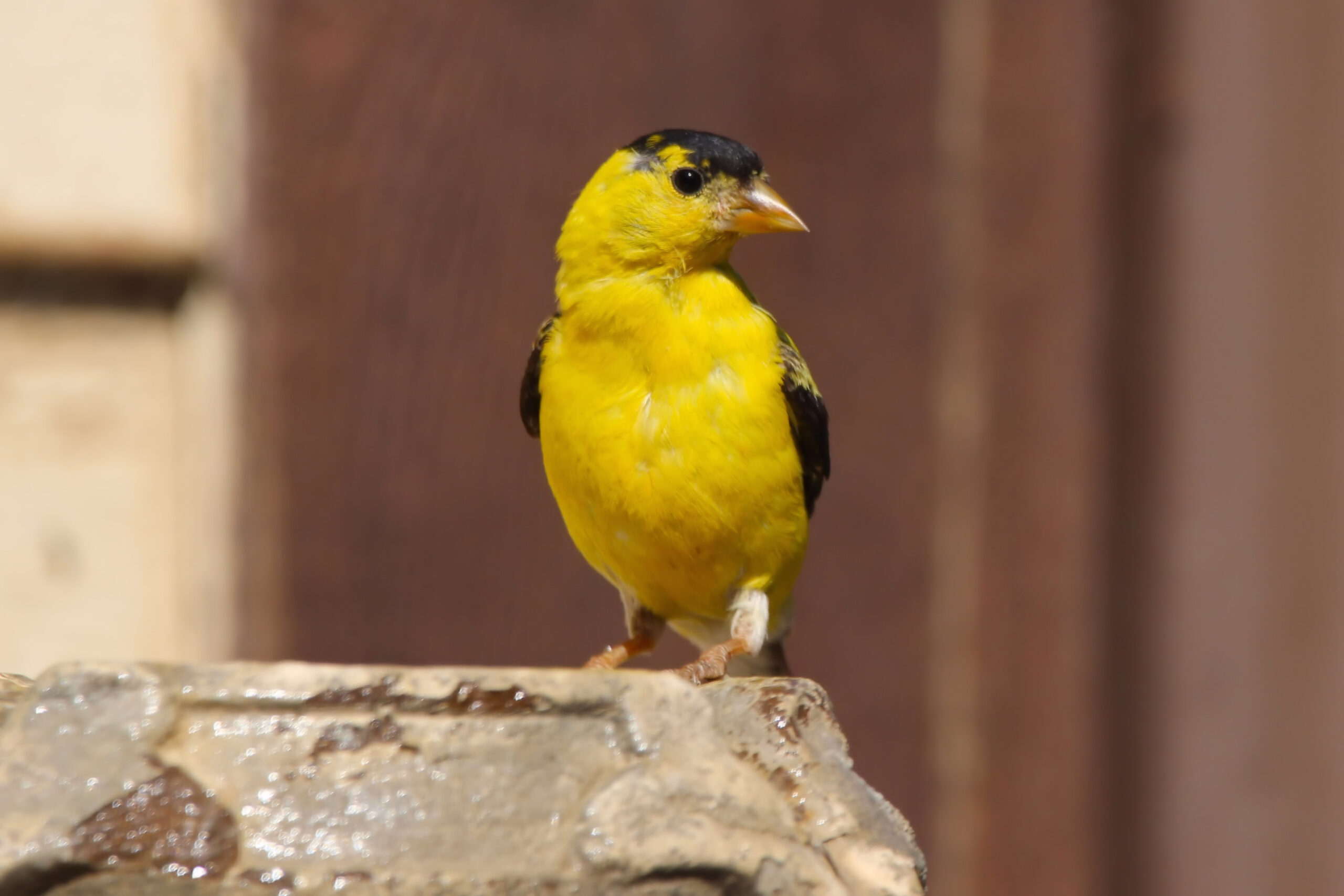The gently rolling hills of Champagne, nestled serenely in the French countryside have something new to be thankful for, in addition to the sparkling wine they are already so famous for.
Yes, gentle reader, the United Nations has recently seen fit to to designate the vineyards, wine cellars, and sales houses of the Champagne region as a UNESCO World Heritage site.
There are just over 1000 World Heritage sites, and of the 17 in Canada, 4 of them are located right here in Alberta, with Dinosaur Provincial Park and Head-Smashed-In Buffalo jump being the closest.
World Heritage sites are considered to be of special cultural or physical significance, not just to the host country, but to the entire world. 191 countries have ratified this UN convention, and all contribute to a pooled World Heritage Fund for the ongoing preservation of the sites, which are also accorded special protections under the Geneva Convention.
The winemakers of France were dancing with joy the first weekend in July, when the announcements of Champagne’s designation was announced. However, the winemakers are humble enough to recognize that they are but stewards of the land that nature has blessed with the perfect conditions for viticulture, and has been producing wine for millenia, long predating even the country of France itself.
The history of the sparkling wine we now know as Champagne began back in the days of the Roman Empire. In the year 92 A.D., the Roman Emperor Domitian decreed that most of the vineyards of France be uprooted to eliminate competition with Italian wines. For two hundred years, the French vineyards were cultivated secretly until the decree was lifted by Emperor Probus. After the end of these dark days, the wines from the Champagne region of France were considered among best in Europe.
Until the late 1600’s, white wines were stored in casks instead of bottles. Unfortunately, the summer heat would often cause a secondary fermentation in the casks, spoiling the wine. It was discovered that bottling the wine before it was fully fermented would allow the wine to age more gracefully.
However, bottling the wine before it was fully fermented caused a new problem – up to a third of the bottles would unexpectedly explode! The pressure inside the bottle would increase due to the carbon dioxide produced during the fermentation process, and eventually shatter the bottle. It was not until 1836 that a French pharmacist determined exactly how much additional sugar was needed to produce a specific volume of carbon dioxide in the wine and the corresponding atmospheric pressure within the bottle. For the first time, Champagne could be produced with a degree of reliability and, after the 1840’s, still wine production in Champagne virtually disappeared in favor of sparkling wines.
The process for making champagne was perfected by Dom Pérignon, a monk in charge of his Abbey’s vineyard. Today, Dom Pérignon’s name lives on as the namesake of one of the world’s finest champagnes.
As all prim and proper wine snobs are aware, the name “champagne” can only be used for sparkling wines produced in the Champagne region of France. International treaties and agreements are in place to ensure that no other countries or wine growing regions can use this name to describe their sparkling wine.
While most countries in the world respect these treaties, the United States is a notable exception, and allows certain types of locally produced sparkling wine to be labeled as “California Champagne”. This name is a holdover from the early days of the American wine industry, when California winemakers were still playing second fiddle to their European counterparts.
Your humble narrator did his part to show support for the noble French winemakers of Champagne, by heading straight to my local booze merchant to pick up a bottle of Bollinger Champagne, which you may recall from the silver screen as the favourite bubbly of the ever-suave James Bond.
Although I was not entertaining Pussy Galore, I made sure to serve my Champagne in a tall fluted glass, and I pulled it out the fridge fifteen minutes or so before serving, to ensure it would be poured at a temperature of 7-10ºC. The warmer temperatures will cause more CO2 bubbles to come out of solution, revealing more aromatics and providing a delightful tickle on the nose each time you take a sip. Celebrate along with the winemakers of Champagne by having a glass of bubbly yourself!





